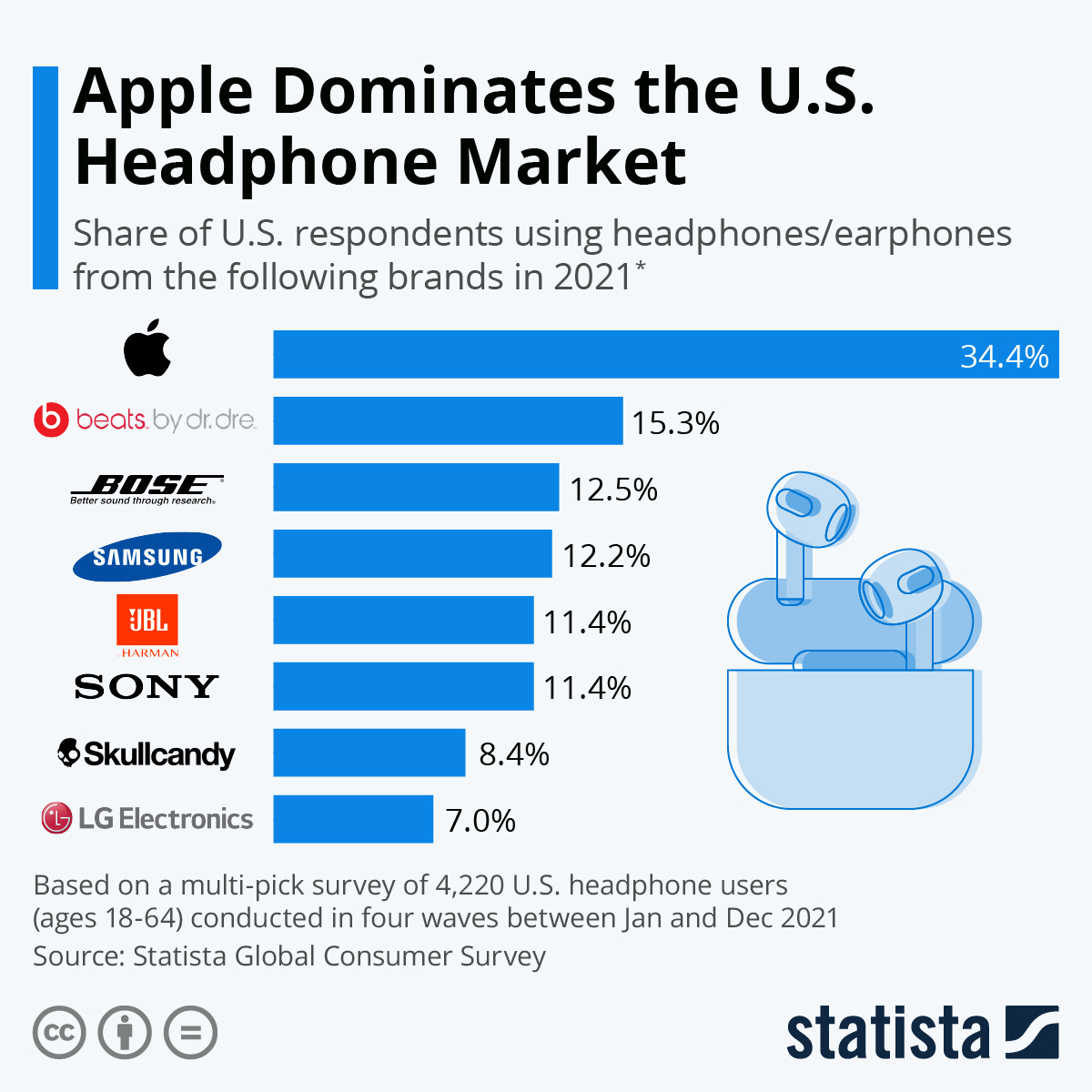Oregonians Win the Right to Repair! Also: How Apple Weaponizes Interoperability
On Wednesday, Oregon's governor signed the nation's toughest right to repair legislation into law. Also: the DOJ is suing Apple, and green text bubbles are just the beginning.
Residents of Oregon are the latest recipients of a robust right to repair smart phones, personal electronics, appliances and other devices, after Oregon Governor Tina Kotek on Wednesday signed into law the Right to Repair Act (Senate Bill 1596).
Kotek’s signature makes Oregon the fourth state to enact a broad right to repair law, following the lead of New York in 2022, and Minnesota and California in 2023.
The new law goes into effect on January 1, 2025 and will mandate that manufacturers provide independent repair shops and consumers with the same diagnostic tools, parts, and information available to their authorized repair outlets. It applies to a wide range of products, from personal electronics to home appliances and bars manufacturers from implementing software or design features that hinder the independent repair of these devices.
As with other state laws, however, lobbyists won carve outs for some categories of products such as motor vehicles, medical devices, HVAC and solar power systems, gaming consoles and more. There are also some exceptions related to safety and security concerns.
Under the bill, Oregon’s Attorney General can assess fines of up to $1,000 a day per violation for non-compliance.
“This is a win for consumers and will help bridge our digital divide and support small businesses across our state,” Kotek said in a statement.
Supporters of the bill celebrated another victory for repair. “With Right to Repair becoming law, Oregon continues to boldly rethink our throwaway, disposable approach to consumption and disposal of electronics and appliances,” said Charlie Fisher, State Director of the Oregon State Public Interest Research Group (OSPIRG).
Most notable in the new law is the ban on ‘parts pairing’ - in which manufacturers use digital locks to bind specific, replaceable parts to devices and that frustrate simple part-swapping repairs (e.g. taking a working screen from a non-functioning iPhone 14 and using it to replace the shattered screen on a functioning iPhone 14).
Under the terms of Senate Bill 1596, manufacturers who produce consumer electronic equipment that is sold or used in Oregon after January 1, 2025 can’t use parts pairing to inhibit an independent repair provider or an owner from installing or enabling the function of an otherwise functional replacement part or a component, display misleading alerts or warnings the owner can’t dismiss about unidentified parts or otherwise reduce the functionality or performance of consumer electronic equipment.
(Check out our podcast with Alexadre Isaac of The Repair Academy for a discussion of the practical impact of parts pairing on device repair.)
Monopoly: The Dark Side Of Apple’s Interoperability
The U.S. Department of Justice and 16 state attorneys general has made a hugely consequential move to sue Apple under the Sherman Antitrust Act. This antitrust lawsuit is an attempt to punish the company for using its massive market power to snuff out competition from other device and software makers, in violation of U.S. law.
And, while the word “repair” doesn't show up once in the DOJ’s 80 page complaint, there are massive stakes in a victory for either side in the case that could well impact how the company manages the repair and maintenance of its hardware and software.

Core to the DOJ’s case are the ways in which Apple uses its hardware and software to block or degrade competitors’ products. Apple has long been cited for weaponizing interoperability - making sure that Apple-branded hardware and software work seamlessly with its iPhones, iPads and Macbooks, while hampering the integration of competing services and products.
Take the iMessage texting service for example. Internal communications dating back to 2016 show that Apple executives contemplated making iMessage work ‘cross platform’ on both iOS and Android devices, but concluded that doing so would “hurt us more than help us,” according to the DOJ complaint.
The result? Barriers to use. For example, Apple Watch users can use the same phone number for their smartphone and smartwatch when connected to the cellular network, allowing messages to be delivered to both the user’s smartphone and smartwatch. But users with a non-Apple smart watch must disable Apple’s iMessage service on the iPhone in order to use the same phone number for both devices- a non-starter for most iPhone users, the DOJ noted in its complaint.
The government’s anti trust suit pokes at Apple’s shiny veneer, exposing the shadier side of Apple’s business practices that have crushed competition not by offering better products, but by hampering fair competition in ways that may well be illegal.
Buckle up! If the recent history of anti trust cases against wealthy tech firms is any guide, the case against Apple will drag on for years, but may yield some hard won victories for consumers and repairers when its all said and done.
Other News
Apple AirPods' short lifespan are due to its design of unrepairable lithium-ion batteries, and U.S. PIRG says they should be designed to last instead. With over 400 million sold, the buy-die-repeat cycle of AirPods and products like them contributes to serious environmental harm. Unlike some wireless earbuds, AirPods cannot have their batteries replaced, as they are glued together. This design choice renders them impossible to repair and destined for landfills, worsening the e-waste crisis. While AirPods may have revolutionized wireless audio, they perpetuate a culture of wasteful consumption, and the responsibility lies with Apple to prioritize repairability in future designs and reduce e-waste.

New York City’s ban on Tide Pods is just the tip of the microplastics crisis. Despite industry claims of safety, concerns persist over the environmental impact of polyvinyl alcohol (PVA) coatings. While the ban faces uncertainty, it highlights broader challenges in tackling microplastic pollution. With synthetic fabrics predominant in clothing production, microfibers shed during wear and washing, exacerbating the problem. Scientists advocate for systemic solutions including washing machine filters, better clothing design, and regulation of plastic use in apparel.
Australian farmers’ talks on right to repair are stalled. Hopes that the 2023 US MOU agreement allowing farmers to repair John Deere machinery independently would become a worldwide precedent are not panning out in Australia, where discussions between farm leaders and agricultural machinery manufacturers on a "right to repair" continue.
UN highlights entrepreneurs’ role in building a circular economy. The UN Conference on Trade and Development (UNCTAD) is highlighting how global start-ups are pioneering the shift towards a circular economy, addressing the urgent need to recycle and reuse materials. Entrepreneurs are proposing solutions like Chilean refill stations by Algramo and technology-driven waste management solutions, promoting sustainability and reducing reliance on single-use plastics.UNCTAD said the shift to a circular economy could generate over 7 million jobs and unlock $4.5 trillion in economic growth by 2030. The UN is urging governments, businesses, and individuals to recognize and support the role of entrepreneurs in driving the circular economy forward, especially in developing countries.
The sustainability and repairability of smartphone models vary widely. Featuring options like the Fairphone 5 and Teracube 2e, there are wide gaps in repairability, responsibly sourced materials, and long-term software support depending on which phone you choose. These phones offer a balance between eco-friendliness and functionality, catering to different preferences and budgets.
Opinion: Vermont’s fight for repair freedom. “Our independence as a people is rooted in self reliance. Self-reliance is a trait deeply ingrained in Vermonters. With manufacturers exerting near total control over repair processes — dictating who, how and what can be repaired on products that we own and pay for is a direct infringement on our independence,“ writes long time Vermont resident Evan Carlson of Sutton over at vtdigger.com.
Canadian repair group slams auto industry lies about repair. The Canadian Repair Coalition (CanRepair) this week criticized car manufacturers for using scare tactics linked to increased vehicle theft to oppose proposed legislation mandating the sharing of vehicle repair data, accusing them of deflection, denial, and distortion. Blaming the right to repair for car thefts ignores the underlying design flaws in vehicles and manufacturers' responsibility for ensuring product security. CanRepair is urging lawmakers to approve policies based on evidence, not unfounded fears, advocating for transparency and innovation over "security through obscurity."
Ghana's Agbogbloshie dump shows first-hand the environmental and health hazards posed by the massive influx of electronic waste. This single waste site hosts thousands of workers labor in perilous conditions, making the need for global action to address the growing e-waste crisis urgent.

The fashion industry is being impacted by a right to repair law in the EU. With textile durability requirements incoming, designers and brands will need to align with circular economy principles from the earliest stages of product development to adapt to forthcoming regulations and consumer demands for more durable and repairable fashion items.
Microsoft's latest Surface Pro 10 and Surface Laptop 6 models boast enhanced repairability features, including internal QR codes and markings for easy identification of components and screws. These changes make them the most serviceable Surface devices to date, allowing for straightforward replacement of various parts such as displays, SSDs, batteries, and more. Microsoft's efforts to improve repairability follow criticism in the past, with the company now prioritizing modularity and accessibility for repair tasks.
A retro-style Hackintosh using vintage Macintosh aesthetics and modern hardware/ Due to a lack of replacement parts leads to a 3D-printed replica case housing a Linux-based thin client running Mini vMac.

Taiwan's transformation into a crucial player in the global tech industry, likening it to Arrakis from Dune. Despite its tumultuous history and lack of initial prerequisites, Taiwan emerged as a semiconductor powerhouse. Drawing from Chris Miller's "Chip War," the piece explores Taiwan's journey from a Japanese colony to a US ally, leveraging American aid and investments to build its semiconductor industry. In contrast, it examines the struggles of other nations, like the USSR and China, in competing with the US-led semiconductor market.





